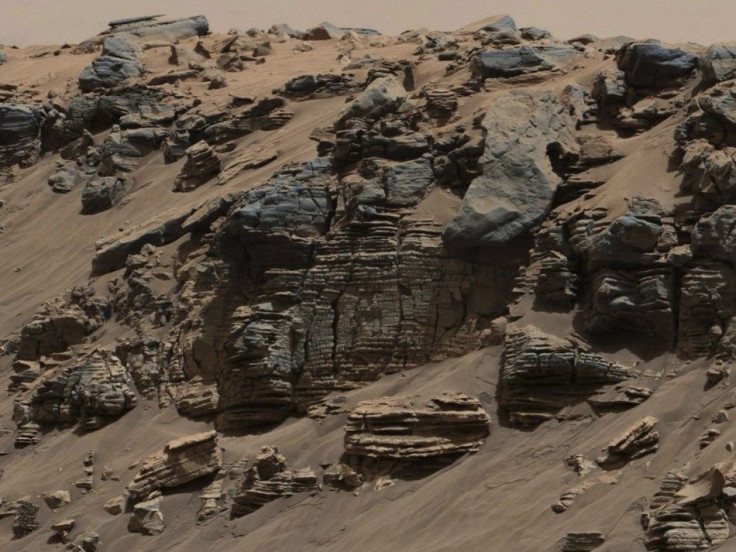Next Mars Rover Could Be A Helicopter, Plans NASA

After the success of the Mars Curiosity Rover, National Aeronautic and Space Administration (NASA), a governmental agency in the US that takes responsibility of space programmes, has taken up a new project. The new project involves future rovers carrying small helicopters. Scientists at the Jet Propulsion Laboratory at NASA are testing the concept.
According to the Daily Mail, the helicopter, which would be made of a small cube carrying rotor blades, will help the rovers travel a distance of half a kilometre in one day. The Mars Curiosity Rover, the largest rover that has ever been sent to Mars by NASA, travelled a distance of about 7,100 metres on Mars, averaging a distance of about 400 metres every month.
The new vehicle, weighing about 1 kilogramme and measuring 1.1 metres from one blade to the other, would have the ability to perform flights on a daily basis to travel the area on Mars much faster when compared to ground-based rovers. The vehicle has been designed in such a manner so that it provided an alternative for the slow progress that the rovers take up for avoiding obstacles as well as plotting safe routes in Mars.
The design was in a conceptual stage, but it was reported that it would carry a camera that would help in scouting of the areas and also help the rover to move faster on the surface. The top of the helicopter would be a solar panel which would help power the vehicle during the daytime as well in keeping the rover operational at night.
Mike Meechan, a mechanical engineer at the Jet Propulsion Laboratory, said that if their rover was equipped with a helicopter that could capture the tall object in front of them, then it would allow them to make decisions efficiently which would help them command the rover. He explained that although the gravity of Mars was about three-eighths that of Earth, it was not easier to fly on the Red Planet due to the thin atmosphere.
Dr Bob Balaram, a robotist who was involved in the design of the helicopter at JPL, said that there was the challenge of low density in the atmosphere of the planet and also the challenge of keeping the mass of the vehicle small so that they did not overwhelm the capability of lifting the system. He explained that it had to be autonomous while taking into consideration the ability to fly and maintaining stable flight. He added that the system had to repeatedly take off and then land on rocky terrain.
To report problems or to leave feedback about this article, email: afza.kandrikar@gmail.com.





















